If all things go well, you'll only have to take your road test once. That's the goal: to ace your test on the first try and then start driving on your own. Granted, it's a nerve-racking experience, but keep in mind that the California Department of Motor Vehicles wants you to pass. So much so, they give you the examination answers ahead of time! All you have to do is study.
In a series of videos, the California DMV goes through the state's top 10 mistakes made on the driving test. Despite the videos being about 10 years old, they're still very applicable today. If you can master these pitfalls, the odds of you passing will increase greatly. Nerves are a big factor, and of course, you'll naturally have some, but the more you practice, the more confident you'll be, and that will shine through come road test time.
The Road Test
The test itself takes approximately 20 minutes (though it may seem longer). It starts out with the DMV examiner asking you questions about your car, such as where certain items are. Be familiar with the car you're test driving in. The best vehicle would be one you've practiced with and know inside/out.
The examiner will also inspect the test car for a number of things, including license plates (two), working signals, no bald spots on the tires, mirrors, brakes, and safety belts. You will also need to produce proof of insurance.
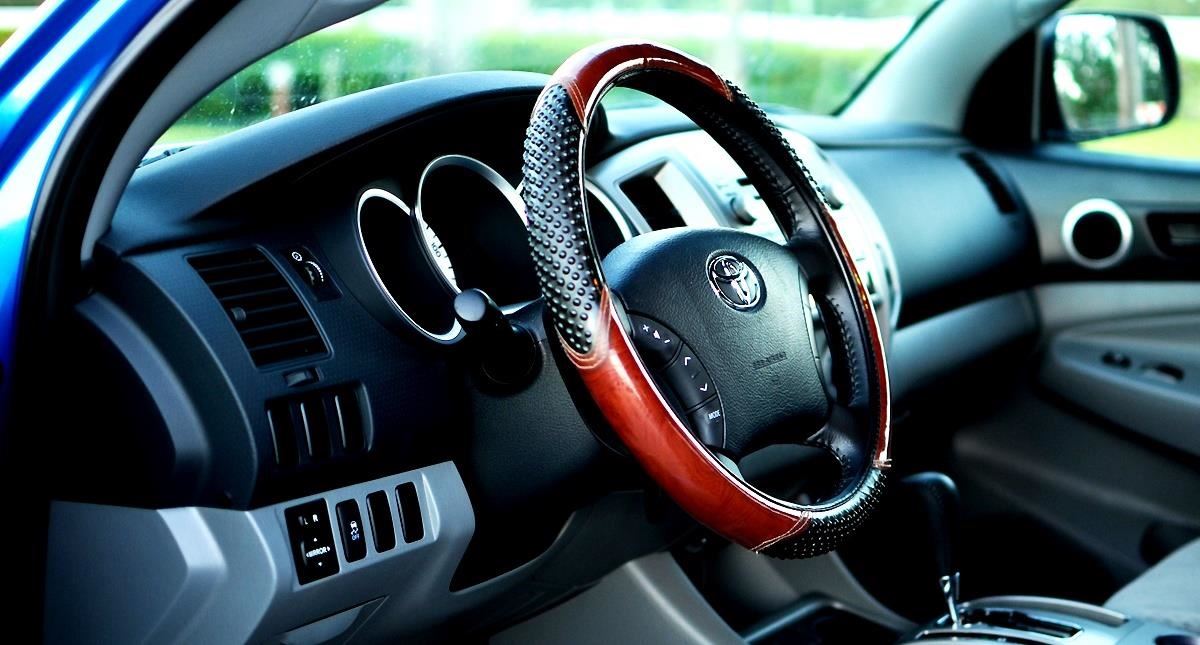
Phew right? And you haven't even hit the road yet! But if you do well here, it will go a long way to steadying your nerves overall. So definitely study your California Driver Handbook, know your vehicle, believe (!), and remember, the DMV would rather you pass than fail:
Many people take their driving test when they have not sufficiently prepared, or have not practiced enough, or have not practiced the right way. Others get very nervous because they don't know what to expect. Remember, the DMV examiner will ride with you only to make sure that you can drive safely and obey traffic laws.
So let's take a look at the top 10 reasons we could fail. Note the examiner will keep score during the drive. If you make an error on the test that does not pose a serious safety hazard, you will get a point deducted. You can still totally pass with points taken off, so again, don't open the door to nerves should you see your examiner make a mark. You can actually miss 15 points on the driving portion of the test and still pass.
However, there are "critical errors" that can cause an automatic fail, such as the examiner having to intervene somehow to avoid a hazard, driving at an unsafe speed, or striking an object.
#1: Unsafe Lane Changes
This is the first big no-no, and it's so easy to get right. It's not parallel parking; it's simply changing lanes safely. The DMV examiner will be looking for you to:
- Turn on your signal.
- Check your mirror.
- Check your blind spot.
Examiners say that those who fail usually don't look over their shoulder for the blind spot. They just switch lanes. This procedure must be followed every time, and situations include merging into another lane, leaving a curb when pulling into traffic, merging into a bike lane, or merging into a center turn lane.
#2: Failure to Yield
Did you know there's a difference between a green light and a green light with an arrow? A green light with an arrow tells you that you can turn, no need to yield. For a solid green light though, you must yield to oncoming traffic before completing a left turn.

Also note that if you're already in the intersection, waiting, and the light turns to red, you're fine: the other drivers now must wait for you. Examiners say that another common mistake drivers make is not yielding properly at crosswalks.
#3: Failure to Stop
This is one that drivers can easily make, but also easily ace. Examiners say that drivers will often commit a rolling stop, not adhere to the limit lines, or not stop for instances when they should such as a school bus with flashing red lights. In order for a car to be considered stopped, it must be at 0 mph and have no forward momentum. A rolling stop is when the driver slows down but still goes 1–2 mph, then accelerates on through.
#4: Illegal Left Turn
Often, if there's a double left-turn lane, drivers will merge into the other lane when completing their turn. But you need to stay in the lane you've chosen.

If it's the inside lane, you need to stay within the limits of that lane. If it's the outside, you need to stay on the outside. If you merge into the other lane, you risk hitting another car you didn't see coming, and this is a critical error on the test.
#5: Improper Speed
Going too slow while driving is also a mistake. You want to be aware of the speed limit and stay close to it without going over. To go 10 miles below the limit is a problem as it disrupts traffic flow. Doing either of these could count you out for the test, as they're considered critical errors. However, going overly slow could be okay if done for safety reasons and weather conditions.
Also be aware that the test may bring you to an area that doesn't have any speed limit signs posted, and when this is the case, remember that it's "25 mph unless otherwise posted."
#6: Lack of Experience
Again, if a driver comes to the test without having practiced much, this will be evident. For example, not knowing what to do when an emergency vehicle using its siren appears, or parking next to a fire lane that specifically says just that.

Also, situations like backing up in a straight line should be simple enough, but drivers still err. Examiners say some testers will turn the steering wheel or not look behind (to check for pedestrians, cars, shopping carts, etc.), resulting in red flags. Hitting a curb while backing up is a critical error.
#7: Unfamiliar with Vehicle
Points will be deducted if you're unable to answer questions about your vehicle or if you prove during the road test that you're not familiar with how the machine will react. Some drivers may borrow a car for the test, but the problem with this is that they're unfamiliar with certain aspects of the car, such as where the hazard lights are or what the brake's sensitivity is.
#8: Poor Scanning
Drivers who have tunnel vision will lose points. The examiner will look to see if you're aware of your surroundings and are on the lookout for pedestrians, other drivers, or a potential hazard. You can't simply look straight ahead, but must be constantly scanning for anything that may impact your drive. For instance, a sign indicating a dip (so slow down).
#9: Too Cautious
As with driving too slowly, being overly cautious can also be problematic. You should be an assertive driver and demonstrate to the examiner that you understand the situation. Being too cautious, such as waiting too long to turn into oncoming traffic, can affect flow and confuse other drivers. If it's your turn at a four-way stop, for instance, take it.
#10: Unfamiliar with Traffic Situations
And finally, being unfamiliar with traffic situations, such as a roundabout, will lead to a points deduction. As with other parts of the driving test, the best way to prepare for this is to practice.

Drive around different areas and know how to handle them, from railroad tracks to a busy downtown. Get a feel for driving in various situations and conditions. As the examiners say, having this experience, this knowledge, will do wonders in calming you down.
Get Your License
And there you have it. The top 10 reasons prospective drivers fail their road test in California. Now that you know what the examiners are looking for, you have no reason not to be prepared come Driving Test Day. Simply study the handbook (which you should already have down since you passed your written knowledge test when getting your permit) and get practical experience driving on roads. Don't go into the test unprepared. You have time. After all, you set your own DMV appointment. Don't do so until you're ready.
The California driving test is required if you have never been licensed in any state or you hold a foreign country license. The test for a Class C driver's license is the same for all drivers, regardless of age.
In addition to the above points, DMV examiners will be looking for smooth steering, acceleration, and stops. Also, "drive defensively," meaning drive in a way that accounts for another driver's possible errors. Mastering all of these best practices will give you much needed confidence and ultimately, a license as the newest, safe California driver. Good luck!
Just updated your iPhone? You'll find new emoji, enhanced security, podcast transcripts, Apple Cash virtual numbers, and other useful features. There are even new additions hidden within Safari. Find out what's new and changed on your iPhone with the iOS 17.4 update.
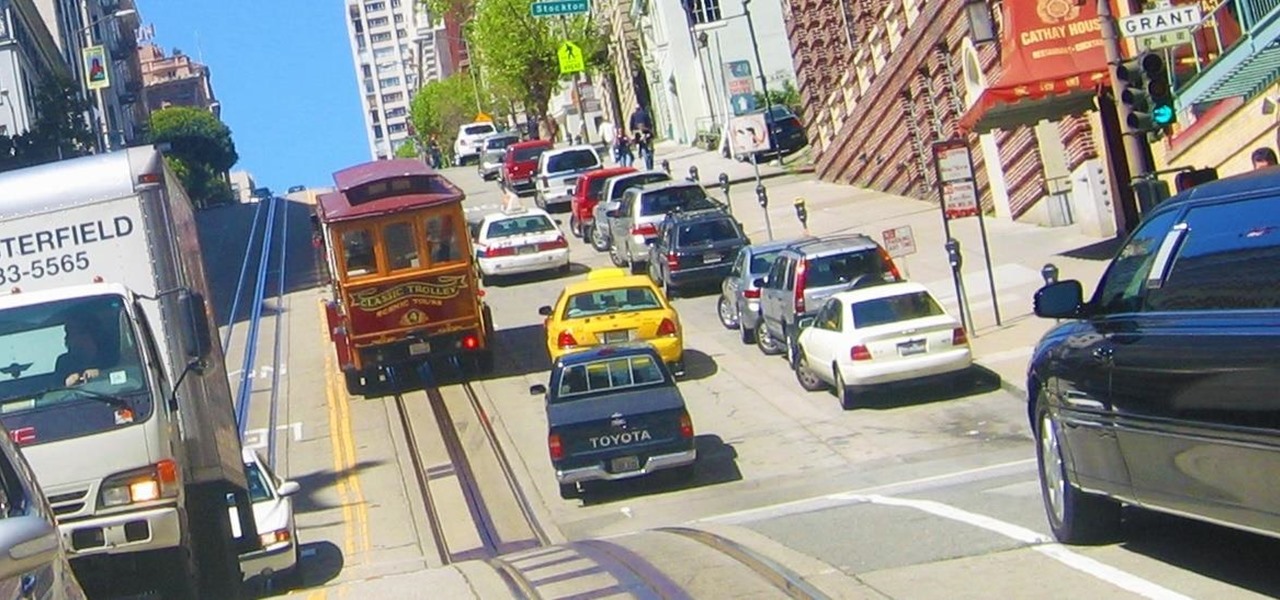




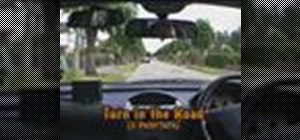
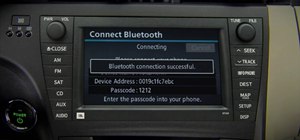
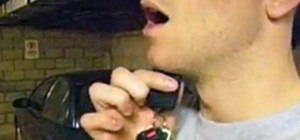

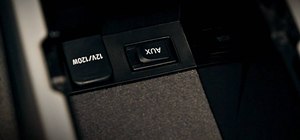
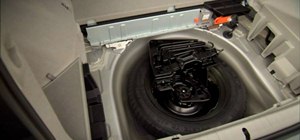


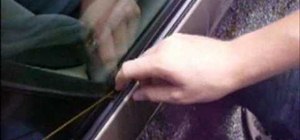

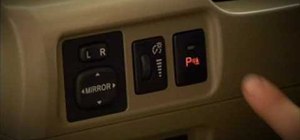
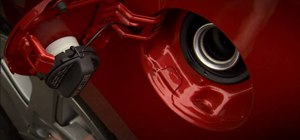
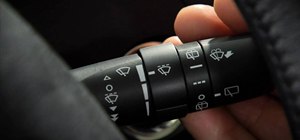
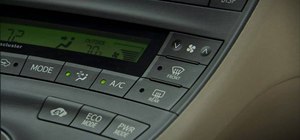
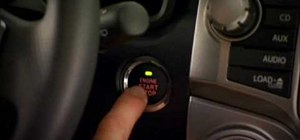
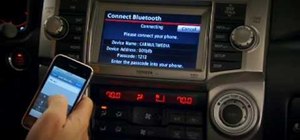

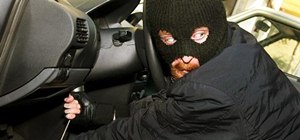
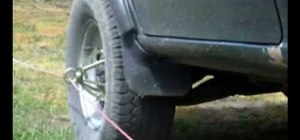
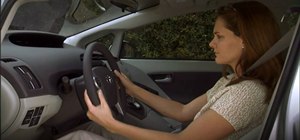

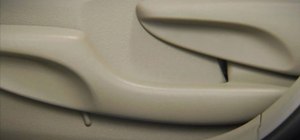
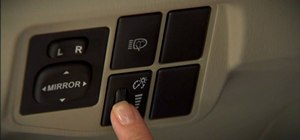
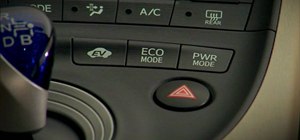
2 Comments
This is awesome!
Taking a driving test in California is not much different from taking a drivers license test anywhere else around the country. You must study/ study/study and have a lot of practice with a good instructor like at education4drivers.com.
Share Your Thoughts